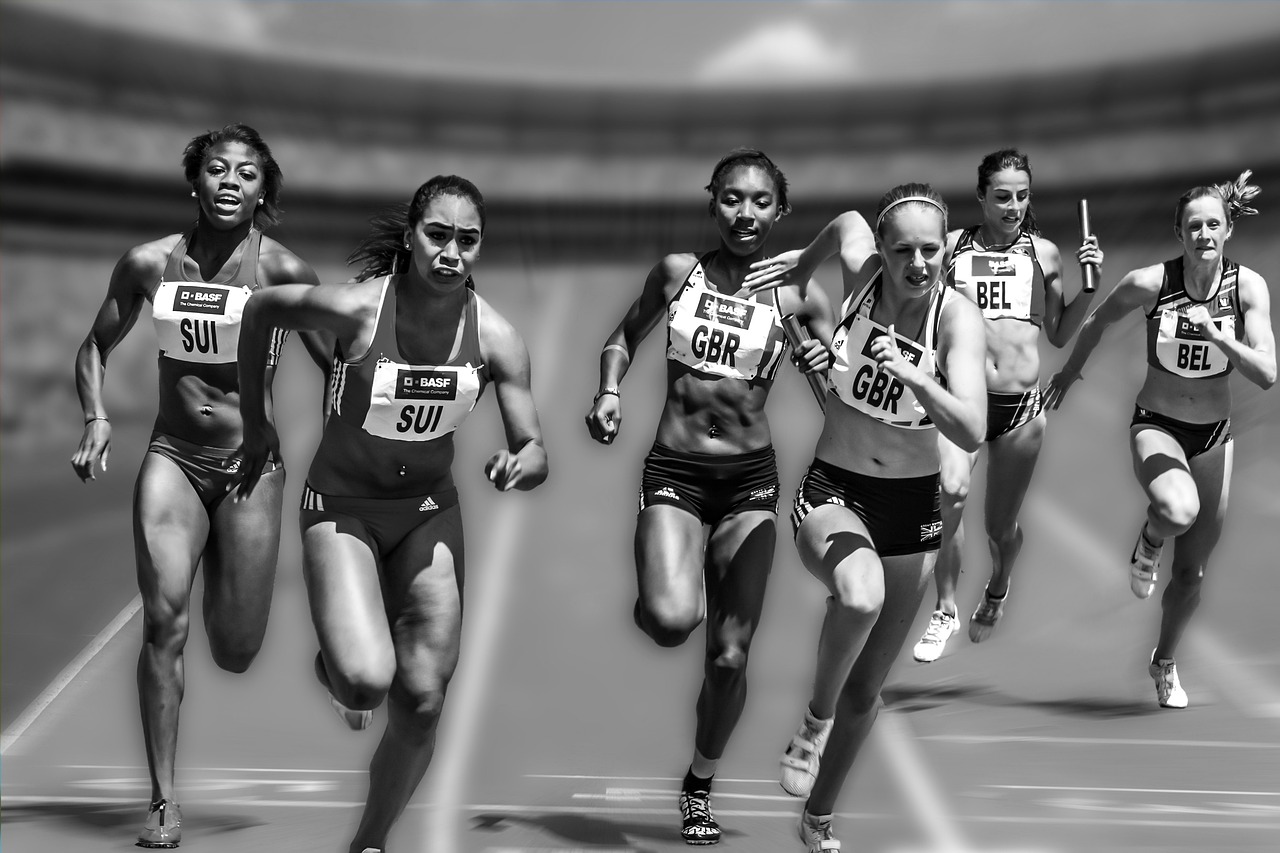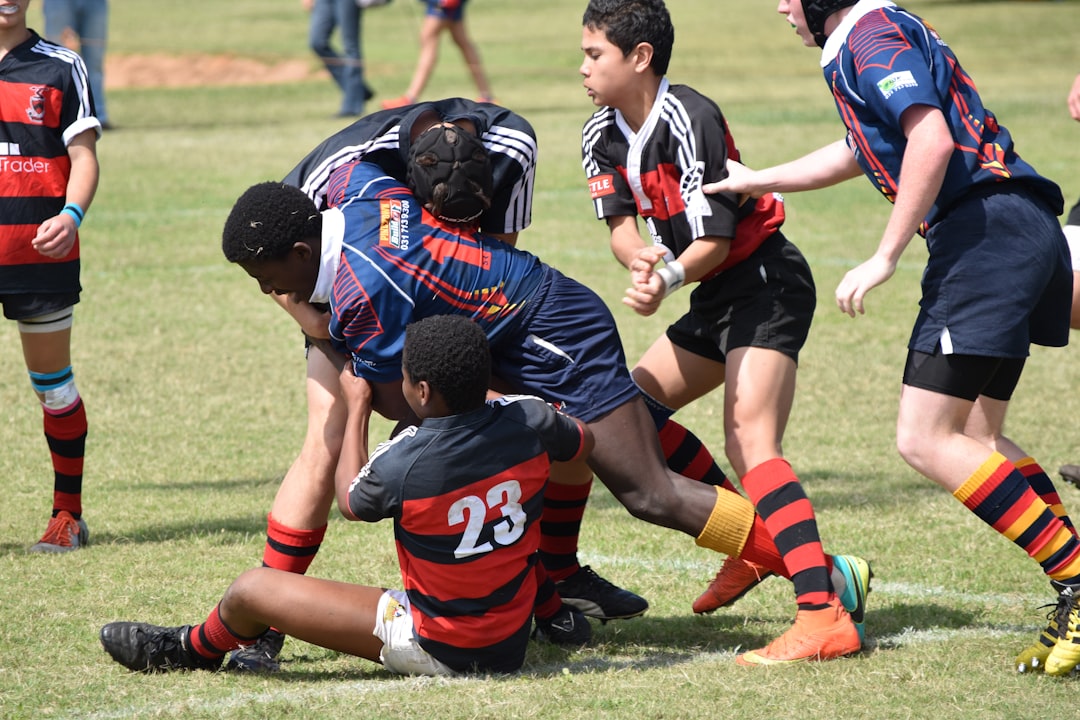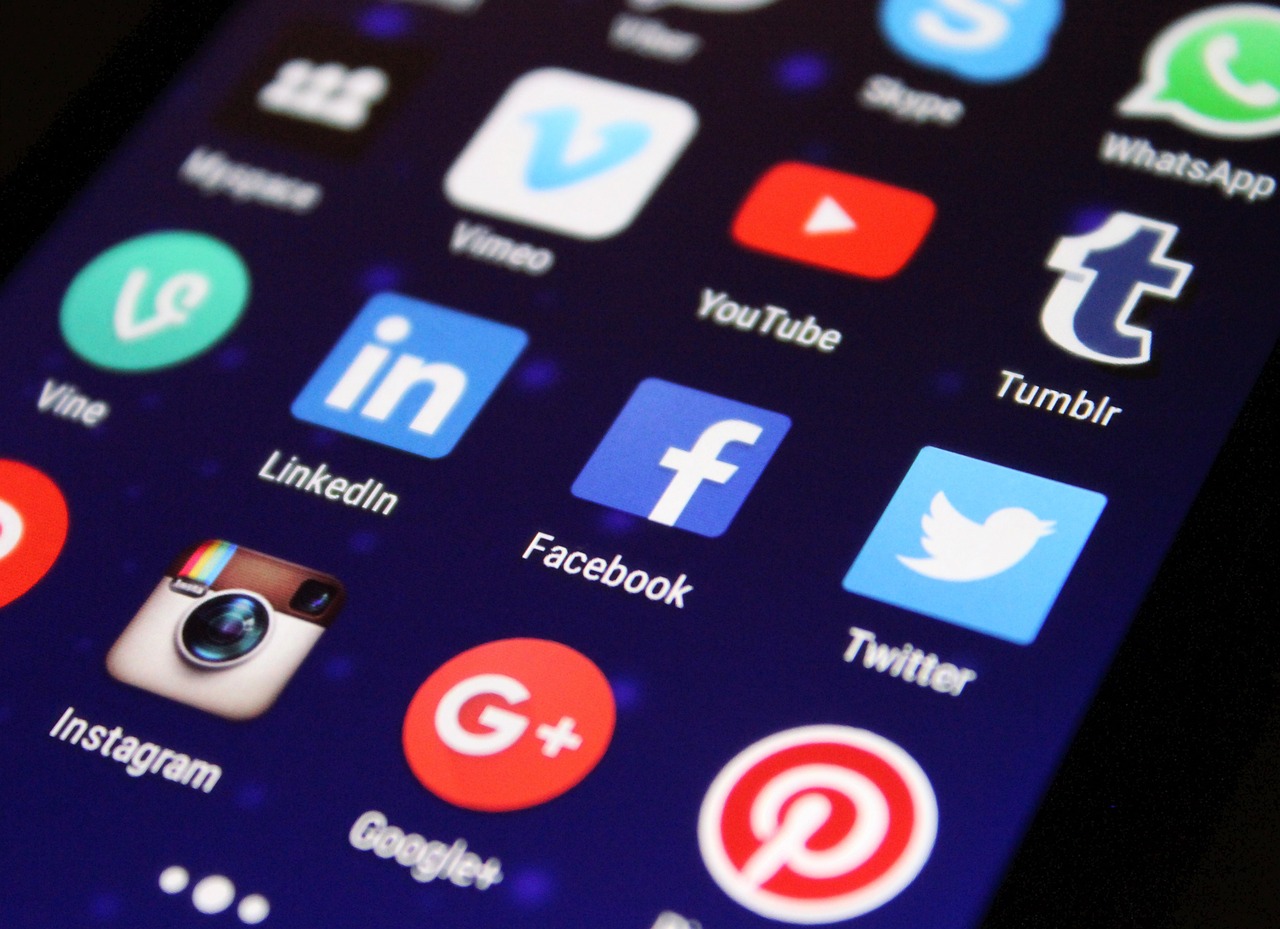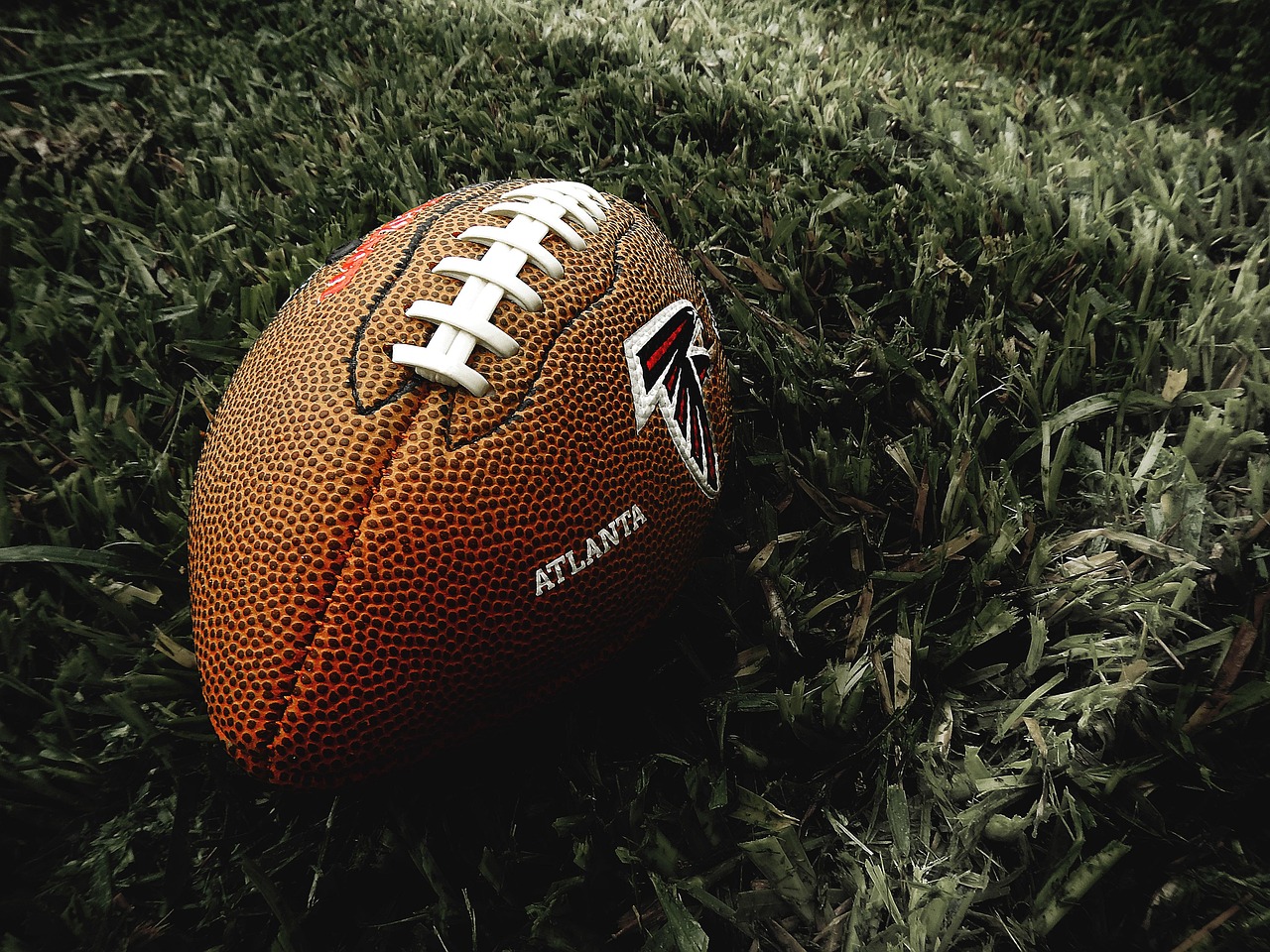America’s Growing Sports Obsession

What if I told you that 242 million Americans — nearly 80% of all people 6 years and older — participated in at least one sports or fitness activity in 2023, making it the highest number of people who have ever participated in an activity in one year? Sports aren’t just games anymore in America; they’ve become a massive cultural force that shapes how we see ourselves and each other. Nearly four-in-ten Americans (38%) follow professional or college sports at least somewhat closely, according to a 2023 Center survey, with 16% who follow sports extremely or very closely. Think about Sunday afternoons during football season when entire cities shut down just to watch their team play. This isn’t just entertainment – it’s become part of our DNA as Americans.
The Billion-Dollar Sports Machine

Revenue in the Sports market is projected to reach US$49.76bn in 2024, with revenue expected to show an annual growth rate of 5.42%, resulting in a projected market volume of US$64.79bn by 2029. But here’s what really blows my mind – the NFL alone generates over $18 billion annually in revenue, a figure projected to reach $25 billion by 2027. We’re talking about numbers that make some countries jealous. Based on PwC analysis, the sports sponsorship market is expected to reach $115 billion in 2025. Every time you watch a game, you’re participating in one of America’s most profitable cultural exports, and companies know it.
From Childhood Dreams to National Identity

About half of Americans (48%) say they took part in organized, competitive sports in high school or college, and their experiences have shaped who they are today. Some 82% of adults who played sports say doing so had a very or somewhat positive impact on their physical health, and 79% say playing sports had a positive impact on their confidence or self-esteem. Sports teach us about teamwork, failure, and getting back up after being knocked down – values that Americans claim as uniquely ours. Little League fields and high school football stadiums become the training grounds where kids learn what it means to be American. It’s where we first learn to compete, to win graciously, and to lose with dignity.
Breaking Barriers That Divided Us

Jackie Robinson’s breaking of the color barrier in Major League Baseball in 1947 was a monumental step toward racial integration in sports and American society, as Robinson’s courage and perseverance not only challenged racial discrimination in sports but also contributed to the broader civil rights movement. Sports became the battlefield where America wrestled with its conscience about race, equality, and justice. Muhammad Ali’s stance against the Vietnam War and his advocacy for African American rights made him a powerful voice for social justice, and despite facing significant backlash and losing his boxing titles, Ali remained steadfast in his principles, becoming a symbol of resistance and empowerment for marginalized communities. These athletes didn’t just change sports – they changed America.
When Sports Became Political Battlegrounds

From the NFL and other national leagues to competitions on an international stage, sports have become a platform for division in an increasingly politicized society. Remember when Colin Kaepernick took a knee during the national anthem? That single gesture split America down the middle and showed us that sports can no longer stay neutral. The slogan “Save women’s sports” invigorates an aggressive, nationwide political effort to restrict transgender participation in sports, and these grievances are everywhere, spreading insidiously, challenging our core beliefs about social interaction and fair play. What used to bring us together now sometimes tears us apart, reflecting the deeper divisions in American society.
The Gender Revolution in Sports

A major catalyst for change came in 1972 with the passage of Title IX, a federal law prohibiting gender discrimination in educational programs receiving federal funding, and suddenly, public schools and universities were required to offer equal athletic opportunities for women. This wasn’t just about sports – it was about redefining what it means to be female in America. The U.S. Women’s National Soccer Team has become a powerhouse, winning multiple World Cup titles and Olympic medals while advocating for equal pay, and Stars like Serena Williams dominate tennis, inspiring future generations with their skill, perseverance, and advocacy for social issues. These women athletes haven’t just won games – they’ve won respect and changed how we think about gender roles in America.
The Rise of Youth Sports Culture

Sports participation is increasing – more children regularly played sports in 2023 at the highest rate since 2015. But here’s something that might surprise you: The average number of sports children ages 6-17 regularly played in 2023 was 1.63, down 13% since 2019, and more than a decade ago, children used to average more than two sports that they played. American parents are pushing their kids to specialize earlier, turning childhood play into serious business. We’ve created a system where being good at sports can mean college scholarships, social status, and a path to the American Dream. Youth sports have become another way Americans chase success and measure their worth.
The Media Revolution That Changed Everything

Sports media has transformed how Americans experience their teams and athletes. From radio broadcasts of baseball games in the early 1900s to modern-day streaming on smartphones, media has shaped the way fans experience sports, and television deals have pumped billions of dollars into leagues like the NFL, MLB, NBA, and NHL, turning athletes into cultural icons. Social media has revolutionized fan engagement in sports, highlighting a generational divide in sports media consumption, as younger audiences gravitate towards these digital platforms for their accessibility and the direct connection they offer with athletes. Now we can follow our favorite players on Instagram and Twitter, making them feel like friends rather than distant heroes.
Sports as America’s Cultural Export

Baseball, often referred to as America’s Pastime, has been deeply rooted in American culture since the 1860s, and the MLB, founded in 1869, has shaped generations of fans and players. But it’s not just baseball anymore – The annual championship, the Super Bowl, is a monumental event, drawing over 112 million viewers and featuring iconic halftime shows that make it a staple in American culture, with around 40 million Americans participating in fantasy football. These events aren’t just games; they’re cultural phenomena that the rest of the world watches to understand what makes America tick. When other countries adopt American sports like basketball or try to copy our Super Bowl spectacle, they’re really copying pieces of American identity.
The New Sports Generation Gap

The generational gap seen in the Big Four American professional sports shines light to larger societal shifts in values, attitudes, and politics, and as sports is a microcosm of society, the differences between younger and older generations about athlete activism and political issues within sports reflects broader tensions in societal norms and expectations in America. Older fans often want their sports to be “just sports,” while younger fans expect their athletes to speak out on social issues. Younger people want their athletes to speak up and use their platforms to help create change, with prioritizing health one of those changes, and in order to sufficiently emphasize the importance of health in sports, the traditional gender roles and hypermasculinity in sports cannot continue the way they have in the past. This divide shows how sports reflect America’s struggle between tradition and progress.
The Economic Powerhouse of American Sports

The sports market size has grown strongly in recent years, growing from $477.8 billion in 2024 to $507.69 billion in 2025 at a compound annual growth rate (CAGR) of 6.3%. Think about what this means for American cities – when a major sporting event comes to town, it’s like hosting a small economic revolution. Sports ETA released its latest State of the Industry: Spectator Sports Tourism report, highlighting the $114 billion economic impact from spectator sports tourism in 2024. Every stadium, every game, every jersey sold contributes to a massive economic engine that employs millions of Americans and generates tax revenue that funds schools, roads, and public services. Sports have become so economically important that cities fight billion-dollar battles to attract and keep professional teams.
The Future of American Sports Identity

For three years in a row, 2021, 2022 and 2023 pickleball was named the fastest growing sport in the United States by the Sports and Fitness Industry Association (SFIA), and between 2019 and 2023, the SFIA estimated the number of US players increased almost 223% to 13.6 million. This shows how American sports culture continues to evolve and adapt. PwC predicts that by 2035, “smart stadiums” that integrate digital and eco-friendly innovations will dominate US sports, and venues that prioritize these features will reshape the fan experience, while those that don’t risk being left behind. The future of American sports will be more digital, more inclusive, and more globally connected than ever before. But the core role of sports in shaping American identity – teaching us about competition, community, and character – will remain as important as ever. Sports will continue to be the mirror that shows us who we are as Americans, for better or worse.
What other cultural force in America touches so many lives, generates so much money, and sparks such passionate debates about who we are and who we want to become?





